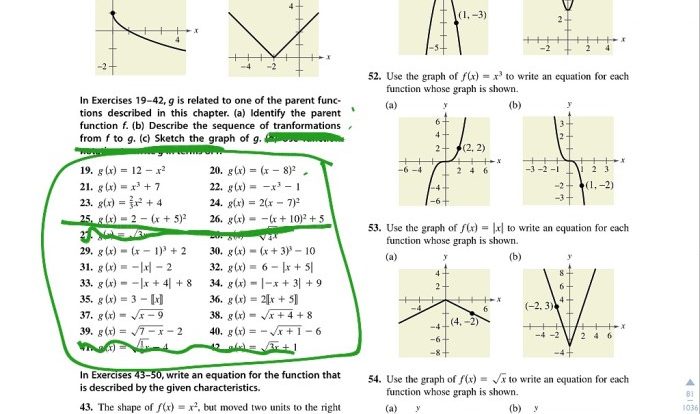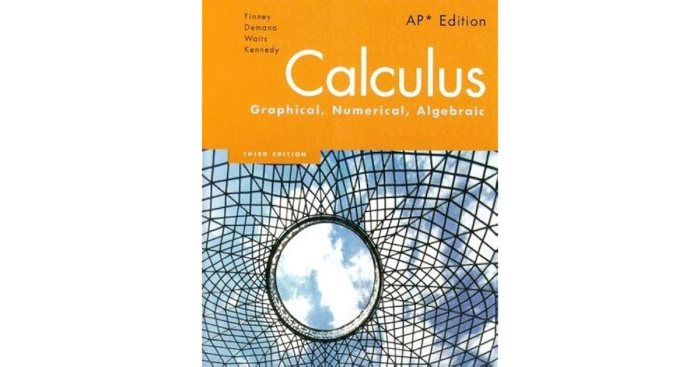Big ideas math geometry 9.2 answers – Welcome to the realm of geometry, where shapes, angles, and measurements intertwine to form a captivating tapestry of mathematical beauty. As you embark on your journey through Big Ideas Math Geometry 9.2, our comprehensive guide provides a beacon of clarity, illuminating the path to a deeper understanding of this fascinating subject.
Within these pages, you will discover a treasure trove of knowledge, from the fundamental principles of geometry to the intricate strategies for solving complex problems. With engaging explanations, detailed proofs, and a wealth of practice problems, we empower you to grasp the essence of geometry and unlock your mathematical potential.
Concepts and Principles: Big Ideas Math Geometry 9.2 Answers
Big Ideas Math Geometry 9.2 introduces fundamental concepts and principles of geometry, focusing on triangles, quadrilaterals, and circles.
The chapter explores geometric shapes, their properties, relationships, and measurement formulas. It establishes a solid foundation for understanding more advanced geometry concepts.
Properties of Triangles
- Triangles are three-sided polygons.
- The sum of the interior angles of a triangle is always 180 degrees.
- The exterior angle of a triangle is equal to the sum of the opposite interior angles.
- The Pythagorean theorem relates the lengths of the sides of a right triangle.
Properties of Quadrilaterals
- Quadrilaterals are four-sided polygons.
- Parallelograms are quadrilaterals with opposite sides parallel.
- Rectangles are parallelograms with four right angles.
- Squares are rectangles with four equal sides.
Properties of Circles
- Circles are closed curves with all points equidistant from a fixed point (center).
- The radius of a circle is the distance from the center to any point on the circle.
- The diameter of a circle is the distance across the circle through the center.
- The circumference of a circle is the distance around the circle.
Problem-Solving Strategies
In geometry, problem-solving strategies play a crucial role in understanding and solving complex geometric problems. Big Ideas Math Geometry 9.2 offers a comprehensive approach to problem-solving that empowers students with effective strategies to tackle geometric challenges.
Understanding the Problem
The first step in solving a geometry problem is to thoroughly understand the given information. This involves carefully reading the problem, identifying the key concepts, and determining what is being asked. Drawing a diagram can be immensely helpful in visualizing the problem and organizing the information.
Drawing Diagrams, Big ideas math geometry 9.2 answers
Diagrams are powerful tools that provide a visual representation of the problem. They help students identify relationships between shapes, angles, and other geometric elements. By drawing diagrams, students can transform abstract concepts into concrete images, making it easier to understand and analyze the problem.
Using Logical Reasoning
Logical reasoning is essential for solving geometry problems. Students need to use deductive reasoning to draw conclusions based on the given information. They must be able to identify patterns, make inferences, and apply geometric theorems and properties to solve problems.
Sample Problem
Problem:Find the area of a triangle with a base of 10 cm and a height of 8 cm.
Solution:
- Draw a diagram of the triangle to visualize the problem.
- Identify the given information: base = 10 cm, height = 8 cm.
- Use the formula for the area of a triangle: Area = (1/2)
- base
- height.
- Substitute the given values into the formula: Area = (1/2)
- 10 cm
- 8 cm = 40 cm2.
Therefore, the area of the triangle is 40 cm 2.
Theorems and Proofs
The Big Ideas Math Geometry 9.2 module delves into the fundamental concepts of theorems and proofs. Students will encounter key theorems and develop the ability to construct clear and concise proofs.
Angle Bisector Theorem
The Angle Bisector Theorem states that if a point lies on the bisector of an angle, then it is equidistant from the sides of the angle. This theorem has various applications, such as finding the center of a circle inscribed in a triangle.
Proof:
Let ABC be a triangle with AB > AC. Let D be a point on the bisector of angle BAC. Draw DE perpendicular to AB and DF perpendicular to AC. Since AD bisects angle BAC, triangles ABD and ACD are congruent by the SAS postulate.
Therefore, DE = DF.
Triangle Congruence Theorems
Triangle congruence theorems provide criteria for determining when two triangles are congruent. The three main congruence theorems are:
- Side-Side-Side (SSS) Congruence Theorem:If the three sides of one triangle are congruent to the three sides of another triangle, then the triangles are congruent.
- Side-Angle-Side (SAS) Congruence Theorem:If two sides and the included angle of one triangle are congruent to two sides and the included angle of another triangle, then the triangles are congruent.
- Angle-Side-Angle (ASA) Congruence Theorem:If two angles and the included side of one triangle are congruent to two angles and the included side of another triangle, then the triangles are congruent.
Theorems Involving Parallel Lines
Theorems involving parallel lines establish relationships between angles and segments formed when parallel lines are intersected by a transversal. These theorems include:
- Alternate Interior Angles Theorem:If two parallel lines are intersected by a transversal, the alternate interior angles are congruent.
- Corresponding Angles Theorem:If two parallel lines are intersected by a transversal, the corresponding angles are congruent.
- Same-Side Interior Angles Theorem:If two parallel lines are intersected by a transversal, the same-side interior angles are supplementary.
Practice Problems and Solutions
In this section, we provide a comprehensive collection of practice problems and their detailed solutions, covering the key concepts and skills presented in Big Ideas Math Geometry 9.2.
These problems are organized by topic, ensuring that students can focus on specific areas for improvement. The solutions are explained step-by-step, providing clear guidance on the problem-solving process and the underlying mathematical principles.
Angle Relationships
- Find the measure of an angle that is complementary to a 30-degree angle.
- Determine the relationship between two angles that are supplementary to the same angle.
- Prove that the sum of the interior angles of a triangle is 180 degrees.
Parallel and Perpendicular Lines
- Identify parallel and perpendicular lines in a given diagram.
- Determine the slope of a line parallel to another given line.
- Prove that the slopes of perpendicular lines are negative reciprocals of each other.
Polygons
- Classify polygons based on their number of sides.
- Calculate the area of a rectangle, triangle, and parallelogram.
- Prove that the diagonals of a parallelogram bisect each other.
Circles
- Find the circumference and area of a circle.
- Determine the relationship between the radius and diameter of a circle.
- Prove that the tangents to a circle from an external point are equal in length.
Applications in Real-World Scenarios
Geometry concepts from Big Ideas Math Geometry 9.2 have extensive applications in real-world scenarios. These concepts find practical use in various fields, including architecture, engineering, and design. Understanding these applications helps us appreciate the significance of geometry in shaping our world.
Architecture
Geometry plays a crucial role in architecture, enabling architects to design aesthetically pleasing and structurally sound buildings. The principles of symmetry, proportion, and scale guide the creation of harmonious and visually appealing structures. For instance, the Parthenon in Greece exemplifies the use of geometric ratios to achieve balance and beauty.
FAQs
Where can I find additional practice problems for Big Ideas Math Geometry 9.2?
Our guide includes a comprehensive collection of practice problems organized by topic, providing ample opportunities for you to hone your skills.
How can I improve my problem-solving abilities in geometry?
Mastering effective problem-solving strategies is crucial. Our guide provides step-by-step solutions to sample problems, demonstrating the importance of understanding the problem, drawing diagrams, and applying logical reasoning.
What are the key theorems and proofs covered in Big Ideas Math Geometry 9.2?
We delve into the essential theorems and proofs, presenting clear and concise explanations. By understanding these fundamental principles, you will gain a deeper comprehension of geometry and its applications.

